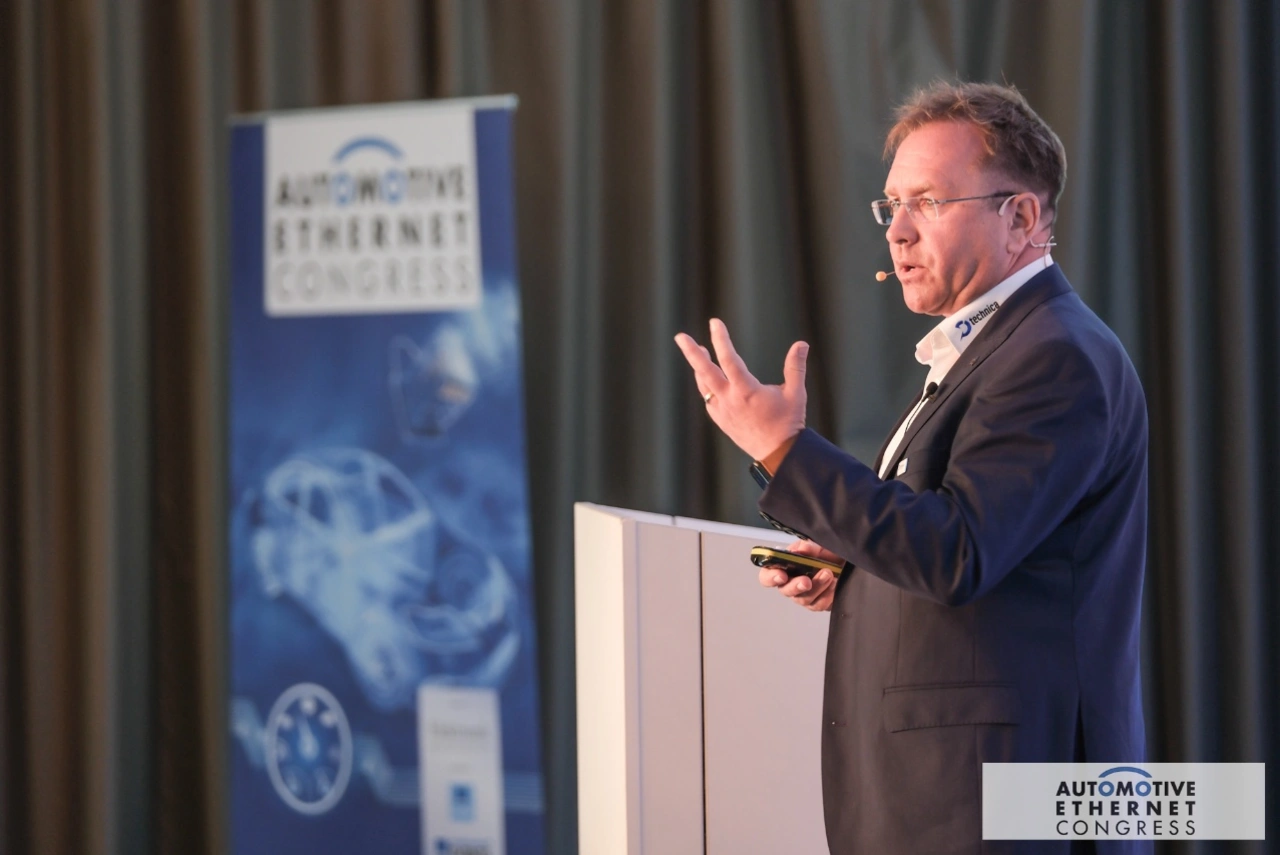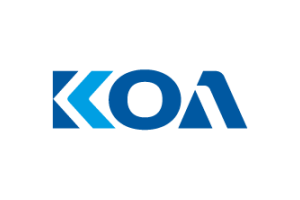Automotive Ethernet Congress 2023
»We are family«
Large crowds, a successful Plugfest, practical workshops and numerous expert presentations – the Automotive Ethernet Congress (now in its ninth year) has established itself as a meeting place for the industry.
For a technical congress, Thomas Königseder (Technica Engineering) chose rather unusual words at the end of his keynote: "We are family." Yet this year's Automotive Ethernet Congress (AEC), with well over 1,000 attendees, went beyond the scope of a usual family reunion in terms of size alone. Moreover, many of the companies represented there are often primarily competitors.
But for Königseder, who made a significant contribution to the introduction of Automotive Ethernet a good 15 years ago in his former position at BMW, the success of this technology is very much linked to the formation of strategic alliances and the cultivation of a common ecosystem – a quasi-family-like cohesion. With a clear economic goal: to avoid proprietary solutions and the unnecessary complexity that comes with them through the consistent use of standards.
The fact that he is not alone in this view was demonstrated directly afterwards in the second keynote by Thomas Alferink (John Deere). The world's largest manufacturer of agricultural machinery also relies on Automotive Ethernet, e.g. for the connection of up to 20 cameras in intelligent crop protection spraying machines that can distinguish between weeds and crops. Alferink made a plea for "Across Domain Collaboration," i.e., joint development of components that can be used in both the agricultural and automotive sectors, as well as consideration of specific agricultural use cases in future technologies. In other words, "We want to be part of the family, too."

In general, the AEC 2023 continued to focus primarily on the technical challenges of using Automotive Ethernet. Königseder, for example, pointed out the ambivalent role of Time-Sensitive Networking: "TSN provides many great tools for time-critical applications, but it is not easy to find the most suitable tools in each case and to use them correctly."
The AEC was therefore supplemented for the first time with a special TSN training session the day before. With Lars Völker, Stefan Lachner (both Technica) and Max Turner (Ethernovia), three proven TSN experts conveyed what one should know for the practical use of the most important tools for shaping, stream identification and policing, among others.
Another topic whose importance is growing from year to year is data security. MACsec (Media Access Control Security) is particularly suitable for higher speeds in the 10 Gbit/s range. For use in the automotive sector, however, some adaptations are necessary, especially in the key negotiation (MACsec Key Agreement, MKA), which in the "normal version" can take up to 6 seconds and thus far too long. The impetus for the establishment of a Technical Committee (TC17) within the OPEN Alliance to create a dedicated automotive profile for MACsec was given by the Automotive Ethernet Congress last year, reported Oliver Creighton (BMW). And John Moore (Ford) added: "The working group is fantastic, I didn't think we'd move so fast."
As a result, a MACsec plugfest was already held at this year's AEC, with Keysight, Technica, TI, NXP, Broadcom and Marvell participating. With great success: In four rounds of testing, the products of all manufacturers proved to be compatible with each other – despite the still very early stage of development. In the TC17 timeline, the first engineering samples based on the official automotive profile of MACsec are expected by the end of 2025, final samples in 2027 and the first use in production vehicles (SOP) in 2029. However, it has not been ruled out that OEM-specific MACsec versions could be used much earlier.
Different technologies are currently available for high-speed networks, for example for connecting cameras. Kirsten Matheus and Christoph Gollub (both BMW) compared the characteristics of Ethernet (IEEE 802.3ch/cy/cz) and the ASA-ML technology of the Automotive SerDes Alliance. Conclusion: Both meet the requirements of a video network integrated in the vehicle.
In addition, BMW demonstrated in the accompanying exhibition with a proof of concept how the technologies can be used in practical applications. Specifically, several cameras and displays with ASA Motion Link technology and IEEE 802.3ch Ethernet were connected via an Ethernet backbone. Both shielded twisted pair (STP) and coaxial cables were used for the ASA motion link communication. The hardware used for the ASA motion link came from Aviva and VSI, while Broadcom and Microchip contributed IEEE 802.3 products.
Other presentations at the AEC also dealt with the topics of vehicle architecture, test & tools, TSN and middleware/software for Automotive Ethernet applications – as expected, a concentrated working atmosphere prevailed here. But during the breaks, and even more so during the relaxed get-together on the evening of the first day of the event, the Automotive Ethernet Congress really did feel like a big family reunion. More impressions of the AEC 2023 can be found here.







